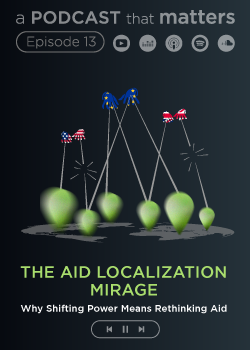Print

Innovative Photoactivated Ruthenium Chemotherapy to treat eye cancer: PACT4EYE
Details
Locations:France, Italy, Netherlands
Start Date:Nov 1, 2023
End Date:Oct 31, 2026
Contract value: EUR 2,499,998
Sectors: Health, Science & Innovation
Description
Programme(s): HORIZON.3.1 - The European Innovation Council (EIC) MAIN PROGRAMME
Topic(s): HORIZON-EIC-2023-TRANSITIONOPEN-01 - Transition Open 2023
Call for proposal: HORIZON-EIC-2023-TRANSITION-01
Funding Scheme: HORIZON-EIC - HORIZON EIC Grants
Grant agreement ID: 101136703
Objective:
"Uveal melanoma (UM) is a rare tumor of the eye; its current treatment leads to lower quality-of-life for the patients (sight loss), 50% of whom eventually die from metastases to the liver. The PACT4EYE project aims at the first clinical development of a new technique called photoactivated chemotherapy (PACT) for the treatment of UM. It makes use of a new, patented ruthenium-containing prodrug (Ru-MTI) that must be activated by green or red light to become toxic. PACT uses laser light irradiation at the tumor site to activate the prodrug locally and destroy the tumor with low side effects for the patient. Its innovative mode of activation, based on a dioxygen-independent bond cleavage photoreaction, makes PACT treatment with Ru-MTI fundamentally different from state-of-the-art UM treatment that rely on O2 activation. Unlike them, Ru-MTI can still be activated in hypoxic tumor tissues, which are usually more resistant to existing treatment and more threatening for the patients. The consortium will screen and optimize the tumor response and systemic toxicity of PACT treatment with Ru-MTI in primary UM eye tumors and their liver metastases, using patient-derived tumor models engrafted in zebrafish embryos (ZF) and mice. Once the most responsive tumors are identified in ZF, the treatment will be optimised in sub-cutaneous mice models and further validated in an ""orthotopic"" mouse PDX model (for example, a liver metastasis in the liver), which represents one of the most predictive pre-clinical tumor models available to date. These results will allow our commercial partner to define a ""minimum viable product"" for PACT treatment of UM tumors with Ru- MTI, and to develop a business plan and a communication plan towards the first clinical application of ruthenium-based PACT. The project will gather all pre-clinical data necessary to convince venture capital and/or funding agencies to fund clinical phase I studies and further product development after the project."

